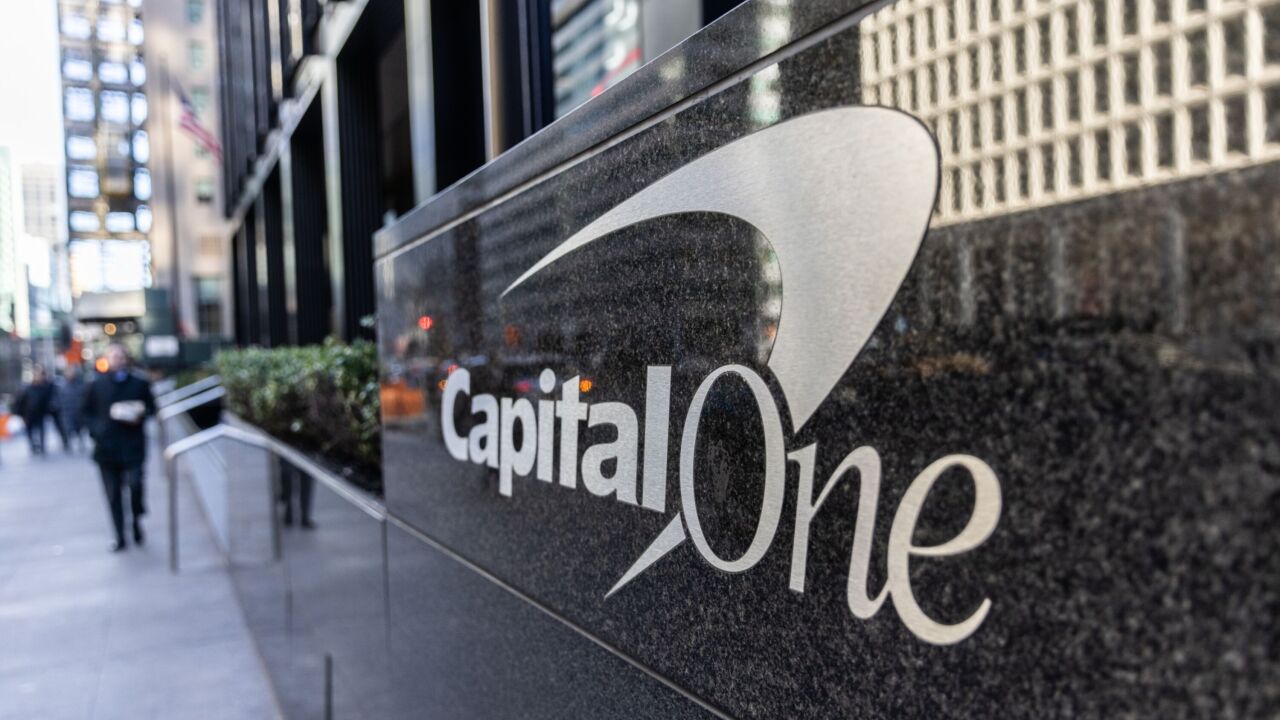
The banking industry's effort to fight check fraud is likely to benefit from President Donald Trump's order to the Treasury Department to
The executive order, signed last week,
Suspicious Activity Reports, or SARs, related to check fraud nearly doubled from 2021 to 2023, according to the
A recent survey of banks
American Bankers Association CEO Rob Nichols welcomed the executive order phasing out federal checks.
"Despite a continued decline in business and consumer use of checks, check fraud has continued to rise," Nichols said
Chris McGee, managing director at the consulting firm AArete, ascribes the recent increase in check fraud to two technological advancements: mobile deposits and digital check imaging.
"The introduction of mobile deposits has been a notable breakthrough where customers no longer need to physically visit their branches and credit unions to deposit their checks. However, this convenience relies heavily on those customers securely destroying deposited checks, which leaves checks vulnerable to theft and fraud," he said.
McGee also told American Banker that when bad actors gain access to online financial accounts, they can exploit digital images of customer checks stored in those accounts by replicating visible signatures and account numbers within the images.
"Contrary to popular belief, fraudsters no longer need high-quality check images to be successful," he said. "Today, fraudsters are simply copying essential details such as account numbers and signatures to produce convincing duplicates that pass mobile deposit screening."
The federal government is not immune to bad actors, either: The Treasury was itself
The Independent Community Bankers of America, through a poll conducted by Morning Consult, found that
ICBA payments expert Scott Anchin told American Banker that another major element of check fraud is mail theft of checks, another cited concern in the executive order.
"The ICBA is seeing a significant amount of mail theft occurring," Anchin said. "These checks that are stolen end up on the underground market and can be used as a basis for either alteration or creating new counterfeit checks. It's the combination of theft and technology that enables rampant check fraud. Years in the past, it was a lot more difficult to counterfeit a check. Now, it's fairly trivial to do that."
Anchin noted that in response to the evolving nature of check fraud, banks are devoting resources to combating the problem on behalf of individuals who still use checks for everyday transactions.
"The good news is that financial institutions and community banks in particular have been working really hard to implement both technology solutions and operational solutions to root out instances of check fraud, and they've seen significant success," he said. "Investments in fraud technology and operational changes will be evergreen, and will be the type of thing that banks will continue to make."
Although the executive order only affects federal payments and not state or local governments, Anchin said that once the federal government fully transitions to electronic payment methods, state and local treasuries may voluntarily start that transition as well.
"The government occupies a significant amount of mind share and plays a significant role in influencing behavior," he said. "As we see electronic payments from the federal government become more accepted, I think that we'll see state and local governments follow suit without a doubt."
Section 4 of the executive order offers limited exceptions and accommodations to the electronic payment requirement, including for unbanked individuals.
Anchin believes that the listed exceptions may not be as susceptible to check fraud, potentially receiving higher scrutiny from financial institutions due to their rarity.
"Having fewer Treasury checks in the ecosystem will make it less attractive to counterfeit these things," Anchin said. "Treasury checks that still exist and are presented might raise more scrutiny as they become less and less common."
The exceptions will apply to Americans who are, for the time being, still dependent on paper checks for transferring federal funds due to not having access to electronic payment systems.
Ben Turner, chief executive officer of digital payment platform Verituity, told American Banker that the biggest challenge in transitioning away from paper checks for Treasury payments will be the "culture change" for both the government and for Americans accustomed to using paper checks.
"You need the culture to be ready to adapt to a radical change," Turner said. "Now there is every indication that this is where the Treasury and the government in general is headed."
For individuals who cannot smoothly transition away from paper checks, the exceptions granted in the executive order allow for them to still receive their payments.
"You have to be able to support those populations that still need to receive a check," Turner said. "There are solutions out there that you should use to support the unbanked, and there's different approaches you can take. If you know you're going to have to send a check to support the unbanked, you build that into the new platform so that you're targeting only those individuals that have to get that check."
Overall, according to Turner, the federal government will see significant savings through both reducing fraud losses and through cutting costs of distributing payments.
"If you look at large organizations issuing a check, the cost of that check is somewhere between $8 to $12 on average," he said. "To move to a verified digital payment, including the delivery of that payment, is less than $1 per transaction. The cost savings of just shifting from check to lower-cost digital payments is significant. When you add on top of that the recovered funds from reduced error or fraud, the numbers get very large, very quickly."






